Tara DeMarco has over 20 years experience in visual effects as a Flame artist. She worked for over 12 years at The Mill before joining Marvel Studios in 2019. Today she talks to us about her work on WandaVision.
What is your career background?
I spent the majority of my career working at The Mill as a VFX Supervisor and Flame Artist, working on Super Bowl commercials and campaigns for major American brands. While at The Mill, I was able to work on a few long-form projects including The Bronze.
How was the collaboration with Director Matt Shakman?
It was incredible collaborating with Matt Shakman. He’s a fantastic director and really pushes the visuals to support the story and the characters.
How did you organize the work with your VFX Producer?
James Alexander was the VFX producer. We worked on everything for the show together. He made sure that the other supervisors and I were supported. We had a massive volume of shots to oversee in a very short period of time. James wrangled the coordinators, the VFX editors, and the vendors to get all of the work accomplished.
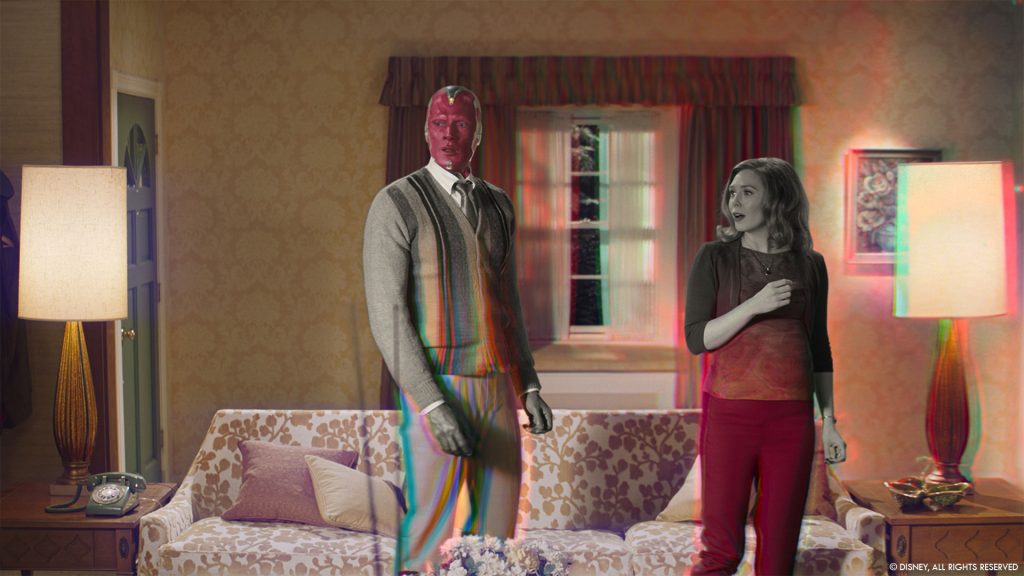
Which stunt was the most complicated to enhance and why?
The Monica wall smash at the end of EP104 was difficult because of the lighting change from indoors to outdoors in the scene. We built breakaway interiors on a sound stage and rigged both Teyonah and a stunt double to go through the walls. We did not have quite long enough of a run to carry the action past the final wall and into an area lit for outside. We ended up having to fake that light change in post and it was a little tricky.
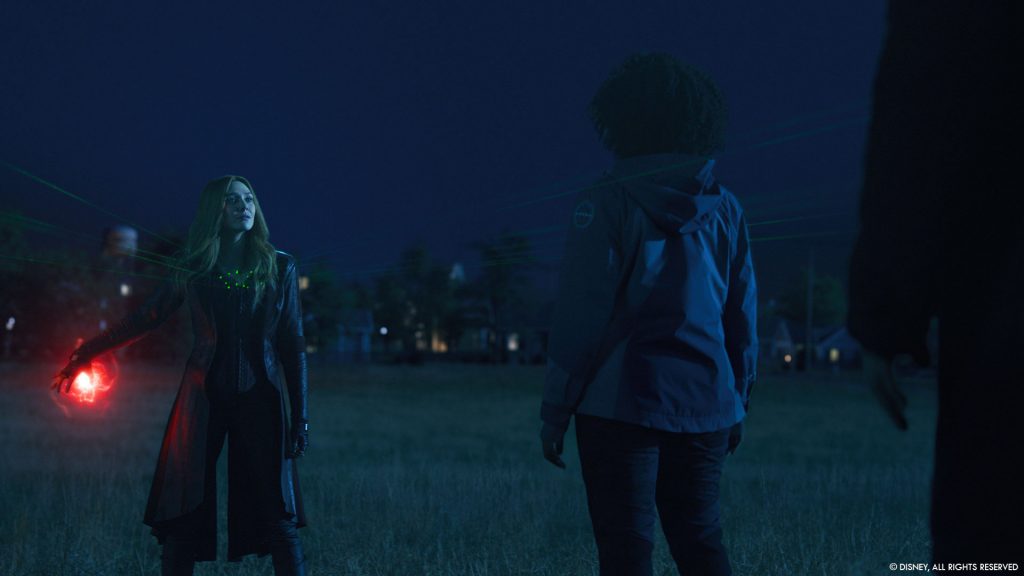
How did you create the various versions of Westview and the interior of Wanda house?
The interior of Wanda and Vision’s home was a set built for every era. We filmed all of the interior house scenes on sound stages in Atlanta.
The series is full of FX elements. How did you handle so much FX work?
We worked with many, many vendors who are talented in working with FX. We would start with concept stills for different stages of each effect and get those approved by director, producer and studio. Once the concept stills were approved, we’d move into FX with a clear goal.
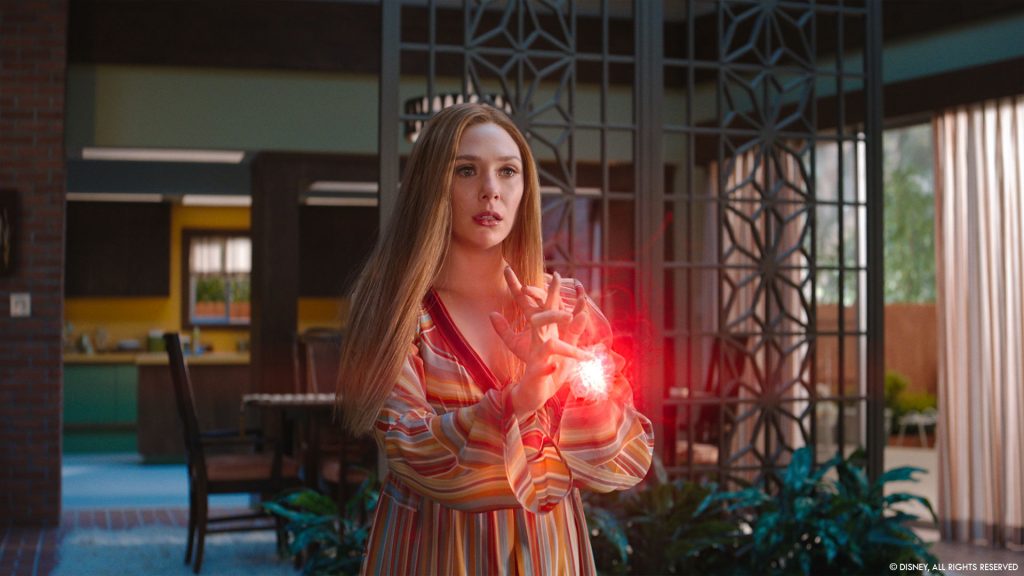
How did you work with the art department to design and create the force field around Westview?
The first Hex concept keyframes were done by Andy Park’s Visual Development department. From there, we took camera stills and moving test clips and began moving concept Look Dev with a vendor. We did many, many iterations of concept for each of the Hex looks.
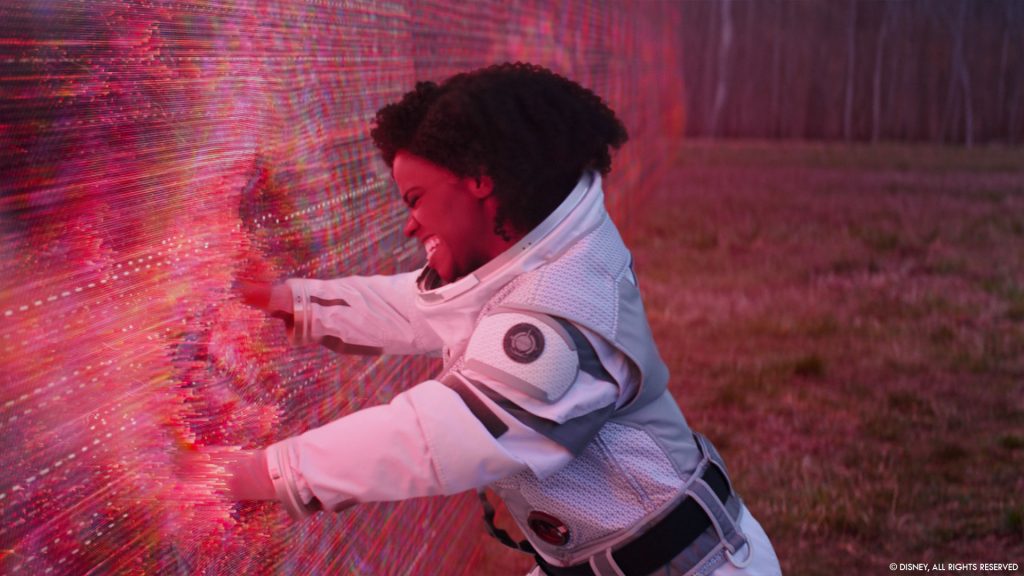
Can you explain in detail about the transformation effect when an object enters the force field?
Each item that goes through the Hex is meant to be re-written as the sitcom version of itself. The transformation is all about identifying a one-to-one change and then figuring out the most interesting way to show that change. Some of the changes specifically show the viewer what’s happening, like the pop-up-base building becoming a big top. Other changes are designed for a surprise, like Darcy’s transformation from SWORD agent to Circus performer.
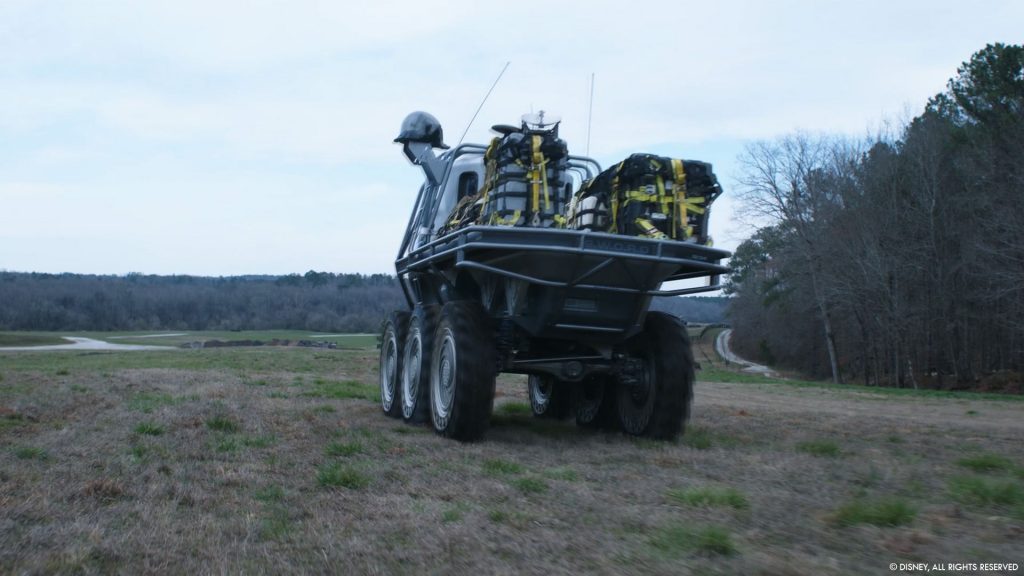
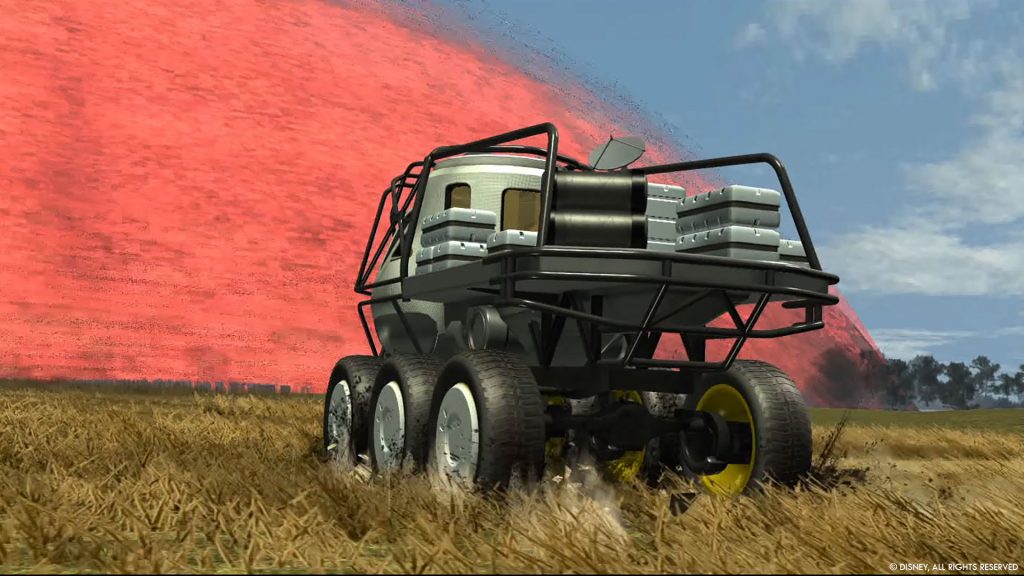
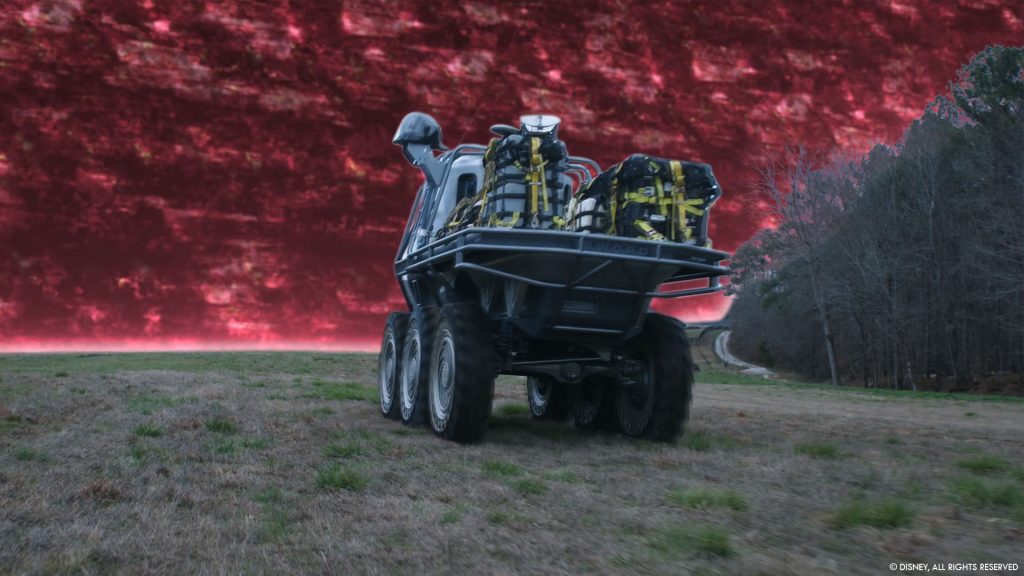
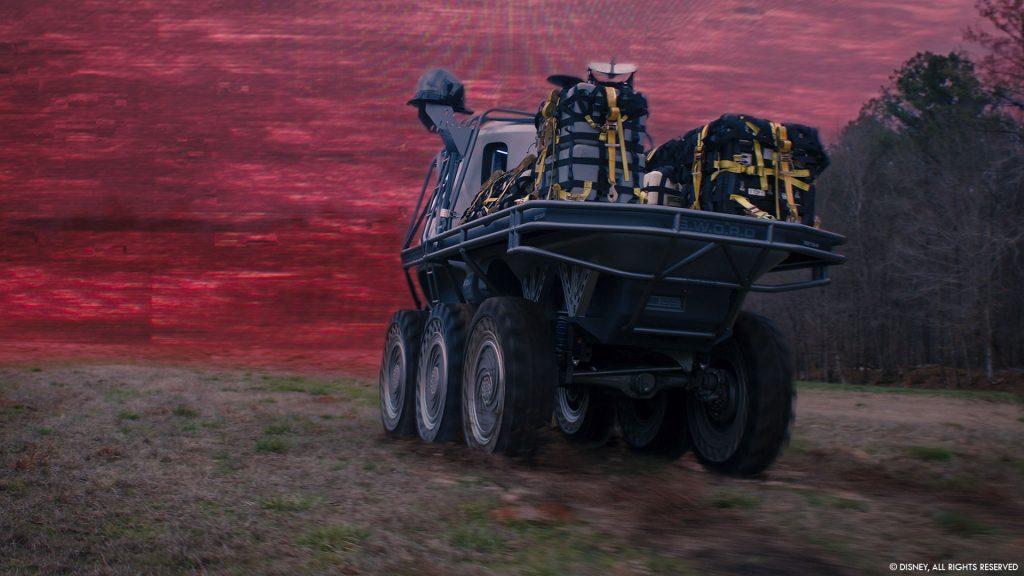
What was the main challenges with the flying shots involving Vision and Wanda?
Matt Shakman designed shots with big sweeping flying moves for the final episode. Those moves look extremely cool, but are hard to execute with a wire rig. Our main challenge for the flying and fighting work was executing digital double takeovers of the actors in a compressed finishing schedule.
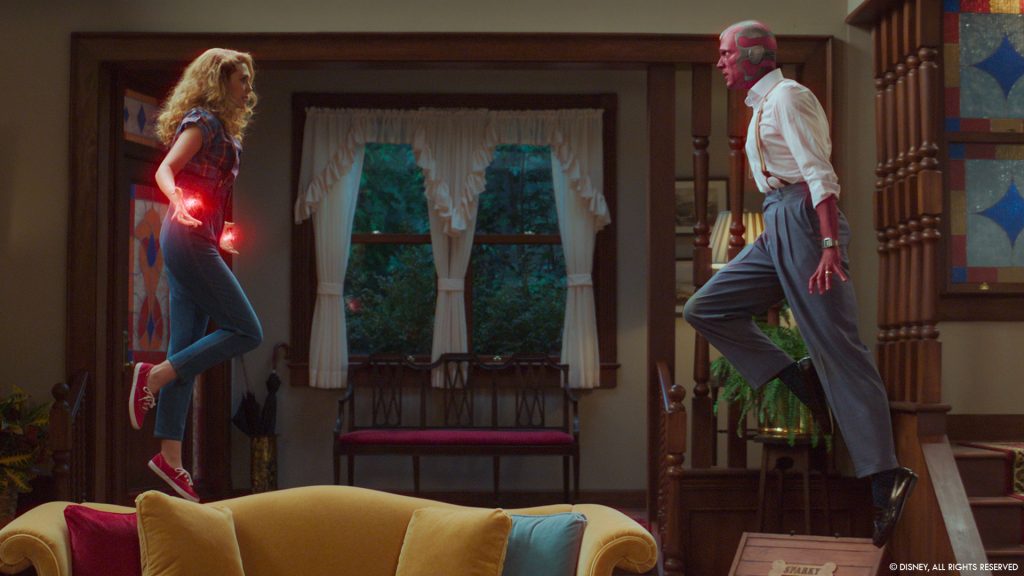
Which sequence or shot was the most challenging?
There are several! No…. We knew which sequences would be challenging to execute and took care to start the concept work for those early. They include EP108 Wanda creating Vision, EP109 – Wanda saying goodbye to Vision, EP106 – Vision exiting the Hex and the pop-up base turning into a circus. Shockingly, the last shot of Episode101 was particularly tricky because of the custom B&W treatment and the slow in-shot change from 4.3 Black and White to 2.39 and color.
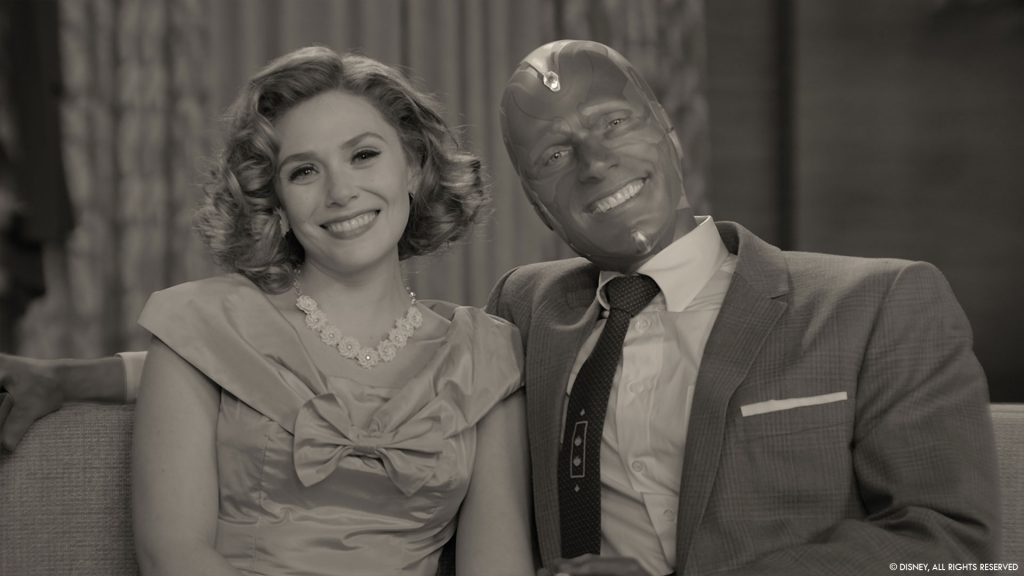
How did you choose the various vendors?
We chose vendors based on their previous work and cast to their strong suits. We had creative calls with the vendor supervisors while bidding and would get a feel for if the artists were excited about a particular sequence.
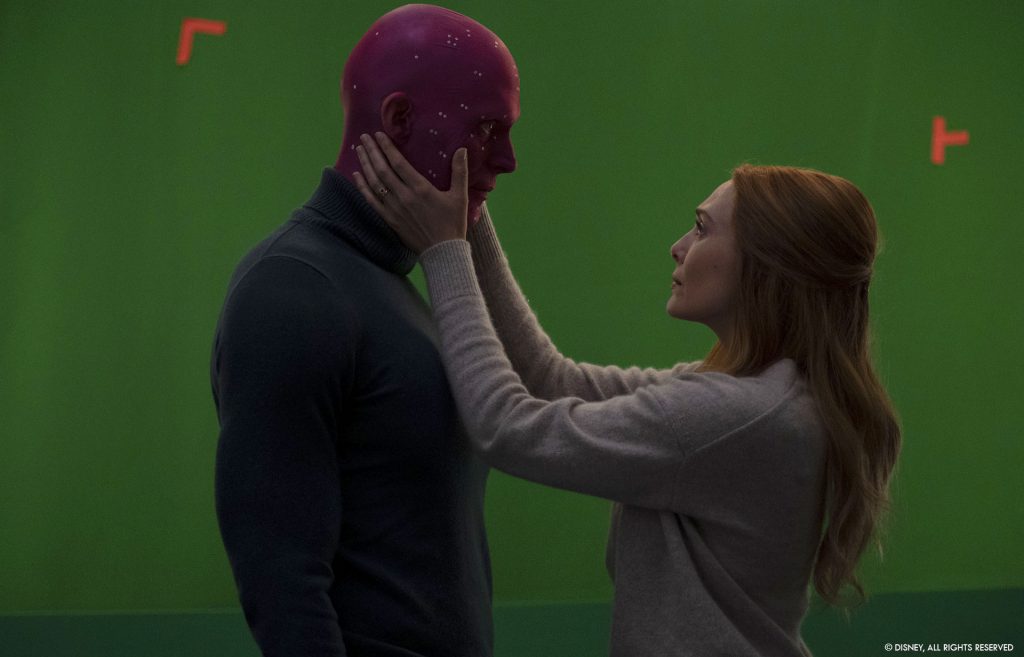
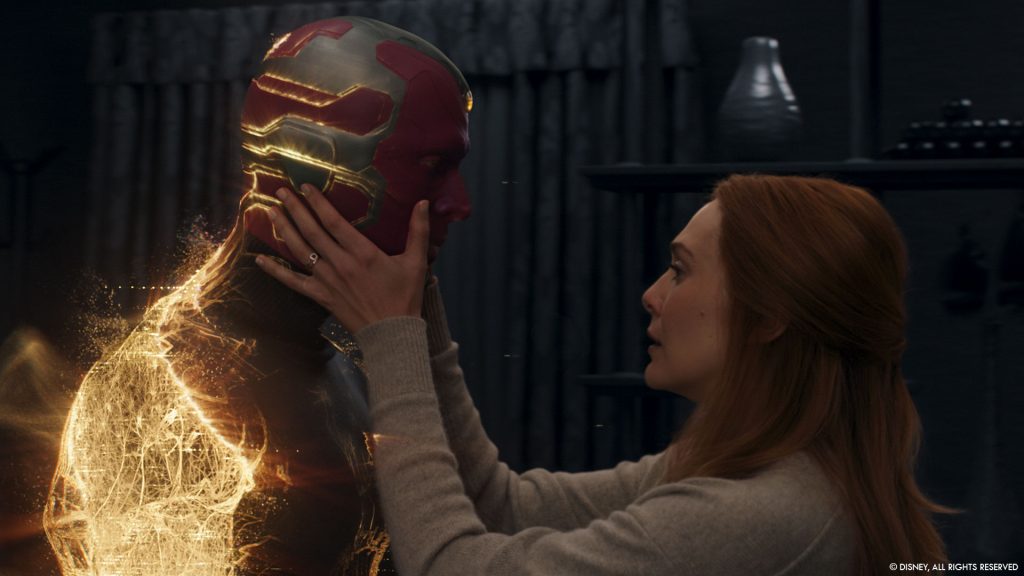
How did you split the work amongst the vendors?
Some of the split was because of similar work, some of the split was due to sheer shot count. We had many, many shots in progress at every vendor at one time. Sometimes there are no more artists available at a particular facility and we would have to look elsewhere for the work to be completed.
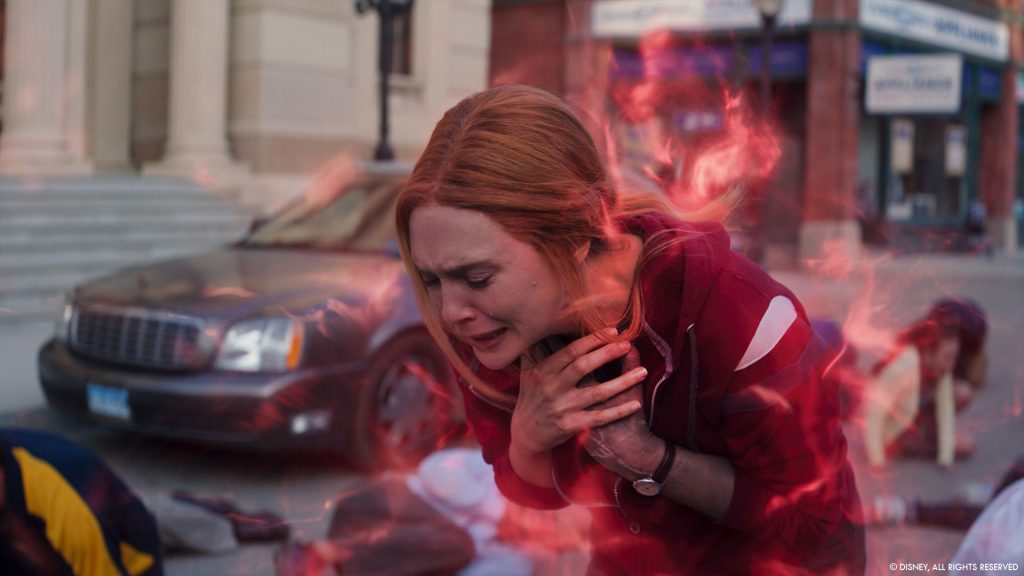
How was the collaboration with their VFX Supervisors?
We had great collaboration with the vendor supervisors. James and I both come from vendor side. We have empathy for the teams and the work they have to accomplish. We are all driven by the same desire to make a beautiful image while telling a story.
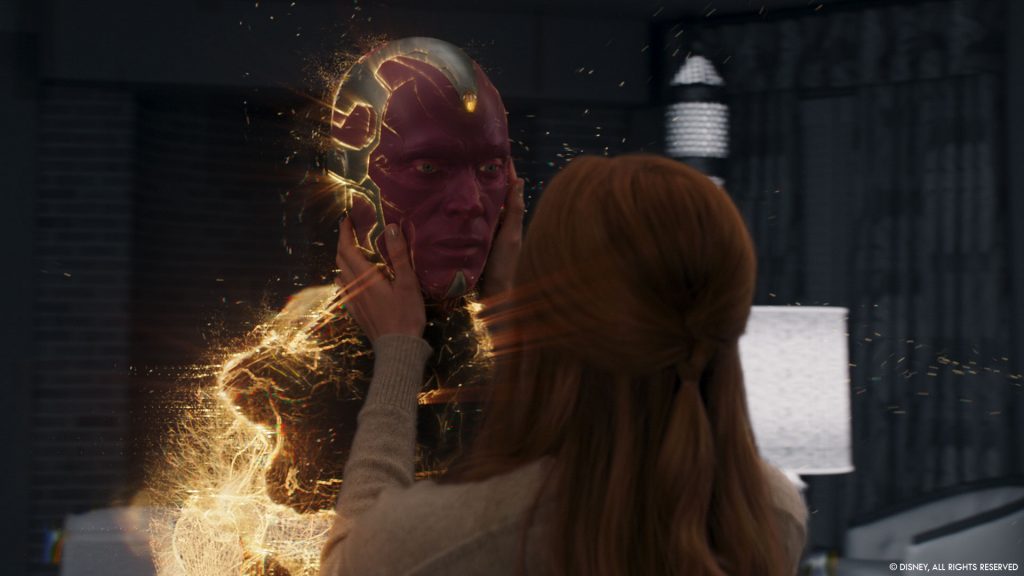
What is your best memory on this show?
We had a wonderful, collaborative on-set crew and there were many laughs amongst the long hours. It’s hard to pick just one of them as a favorite.
What are the four movies that gave you the passion for cinema?
The films of Jean-Pierre Jeunet (The City of Lost Children), Ridley Scott (Blade Runner), and Christopher Nolan are all inspirational to me. Guardians of The Galaxy is my favorite Marvel movie. I could watch it again and again and it’s why I wanted to come work for this crazy, amazing studio.
A big thanks for your time.
// VFX Secrets of Marvel Studios’ WandaVision!
WANT TO KNOW MORE?
Disney+: You can watch WandaVision now on Disney+.
© Vincent Frei – The Art of VFX – 2021




